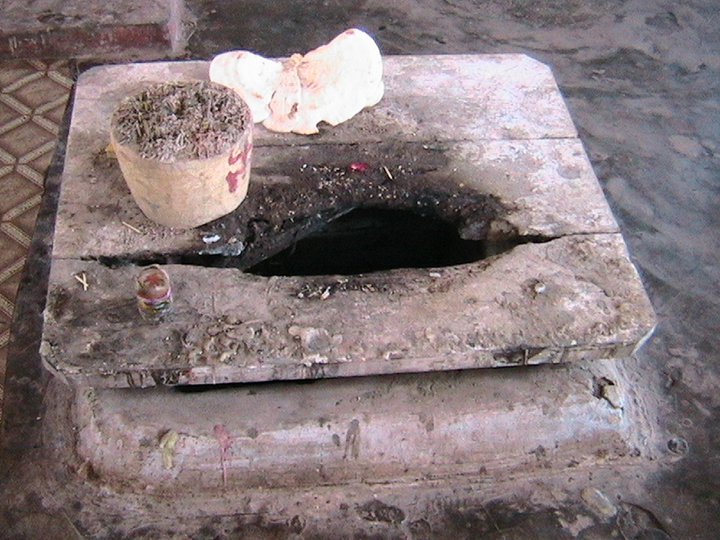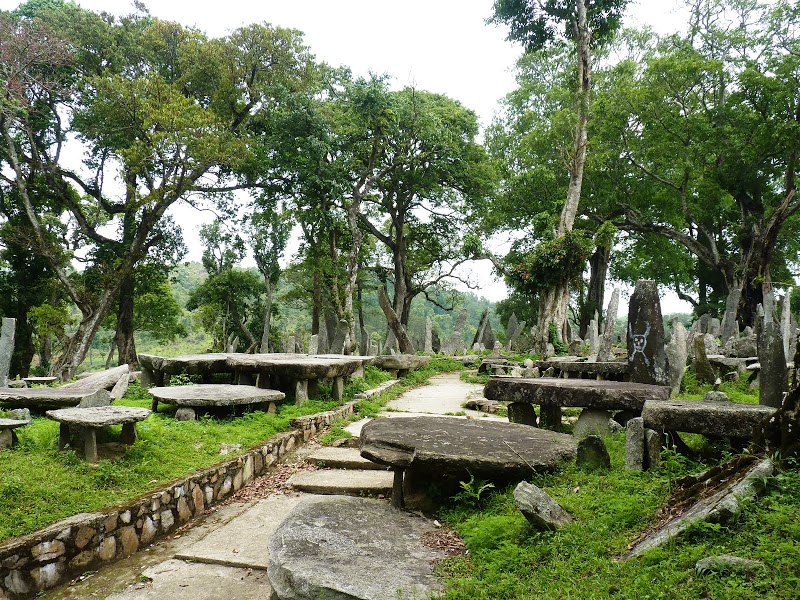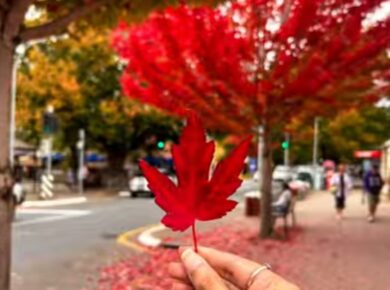Meghalaya, a state in the North East, India, is famous for its mesmerising scenic beauty. Every year, it attracts huge number of tourists from India as well as from other parts of the world, who come to witness the beauty of the state. There are many tourist spots in Meghalaya, but here we cover two most unusual ones. It could be a weekend getaway.
Let’s give you some history before we jump into the places in Meghalaya to visit. Meghalaya, in Sanskrit means “the abode of clouds” comprises of the Khasi hills, Jaintia hills and the Garo hills.
The state capital Shillong is a well-known hill station in north east and has many tourists’ spots. Referred as the ‘Scotland of the East’ it serves as the perfect weekend getaway for people mostly staying in Guwahati and surrounding places.
Famous for water falls and places like Nohkalikai falls, Elephant falls, Cherrapunji, Mawsynram – which records the highest rainfall in the world and Mawlynnong – the cleanest village in Asia, there are many other places in Meghalaya which are less explored by the tourists. To enjoy one such less explored place and to feel the serenity of nature, me and few of my friends decided to explore Nartiang as one day adventure tour last year, in the month of March.
Situated near Jowai under Jaintia hills district, Nartiang is at a distance of 64kms from Shillong. The famous Nartiang Monoliths and the Durga Temple are two places that can be explored in one day in this calm and peaceful village.
Starting from Shillong at around 10 AM on a Sunday morning we reached Nartiang around 11:30 AM. Our first stop was the Nartiang Devi temple followed by the Nartiang Monoliths.
Nartiang Durga Temple- Meghalaya:
Believed to be a Shakti Peetha, the Nartiang Devi temple is more than 500 years old. It is one of the most revered shrines of Shaktism because Shakti Peethas are holy abodes of Parashakti. The Shakti Peethas have originated from the mythology of Daksha yagna and Sati’s self-immolated body which Shiva carried and roamed the universe then. To calm down Shiva, Lord Vishnu then made 51 pieces of the corpse of Sati and these body parts fell in the path wherever Shiva wandered.
There are 51 Shakti Peeth linking to the 51 alphabets in Sanskrit. Each temple has shrines for Shakti and Kalabhairava. The “Shakti” of Nartiang Devi shrine is addressed as ‘Jayanti’ and the ‘Bhairava’ as ‘Kramadishwar’. It is believed that Sati Devi’s left thigh has fallen in Nartiang. Hence the Goddess here is known as ‘Jainteshwari’.
It is believed that one night Goddess Durga appeared to King Dhan Manik in his dream and explained him about the significance of the place and asked him to build a temple in Her reverence. The king then followed this vision and established the Jainteshwari temple in Nartiang. The strategic location of the temple and the presence of the cannons like weapons like etc. suggests that the temple must have been part of a fort of the Jaintia Kings in ancient times.

Famous for human sacrifice (which was stopped by the British) in ancient times, the rituals at this temple reflects a unique blend of Hindu and ancient Khasi traditions. The local chieftain or Syiem of the village is considered the chief patron of the temple and during the annual Durga Puja celebrations, the Syiem sacrifices goats in the Goddess’s honour.

One of the most interesting fact is that the goats are made to wear the human masks and then sacrificed. This ritual is followed to commemorate the human sacrifice which used to take place earlier during the time of the Jaintia monarchs. The human head used to roll down a tunnel from the shrine to the Myntdu River flowing beside the temple.
Nartiang Monoliths- Meghalaya:

The cluster of monoliths in Jaintia Hills bears the testimony of strength of the Jaintia rulers. These monoliths in Nartiang mark the reign of the erstwhile powerful Jaintia monarchs, a very significant episode in the history of Meghalaya. Monolith is a symbol of remembrance in the Jaintia Hills.
The site has been declared as a site of national importance under the Ancient Monument and Archaeological Sites and Remains Act 1958 (24 of 1958).
The site can be literally called a garden of monoliths. These monoliths cover a wide complex of about 100 m in diameter. The tallest and biggest monolith – Moo Iong Syiem, is about eight meters in height, two meters in breadth and half a meter in thickness.
There are two parts to a monolith: the upright part is known as ‘Mehris’ or ‘Ki Moo Shynrang,’ represents male and the flat table stone represents female and is known as ‘Ki Moo Kynthai’. It was erected by U mar Phalyngki, a trusted lieutenant of the Jaintia kings. In the early 17th century, the followers of the then Jaintia sovereigns erected the other monoliths.
In ancient times, Nartiang used to be the summer capital of the Jaintia rulers, who spent about six months here. Some scholars believe that these monoliths were erected in memory of the establishment of the market from Raliang to Nartiang.
Also Read: Best Holi Celebrations Across India That’ll Make You Want To Pack Your Bags
Secret Tale of the Nartiang Monoliths
The locals in the village however have another trivia to share about the construction of these monoliths. It is believed that on one rainy afternoon U Luh Lyngshkor, the then Jaintia ruler went to an old woman’s hut at Raliang, another village near Nartiang seeking for a ‘Knub’ – a bamboo cape used by the locals to protect themselves from rain, hung from the head and runs down the back.
The old woman however declined his request and instead urged him that he being a sturdy warrior should use the giant stone slab at the market in Raliang to shelter himself. On hearing this, Luh went to the market and used the giant stone slab to shelter from the rain. Luh carried the slab till he reached Nartiang where he kept the giant stone slab and this event marked the shifting of the market from Raliang to Nartiang and this how the monolith garden in Nartiang came into being.
Apart from these two places there are many other places in Jaintia hill district like Umlawan Cave, Borghat Temple, Tryshi Falls, Krang Suri Falls, U Lum Sunaraja Lake, and Thadlaskein Lake etc which need at least 3 days tour to explore these areas well.
Since it was a one day tour therefore it was difficult for us to cover all these enchanting places in a single day. So we bade goodbye to Nartiang with a promise to visit it soon and satiate our adventure deprived souls once again.
Map of Nartiang- An unexplored beauty (One of the best unexplored places in India)









